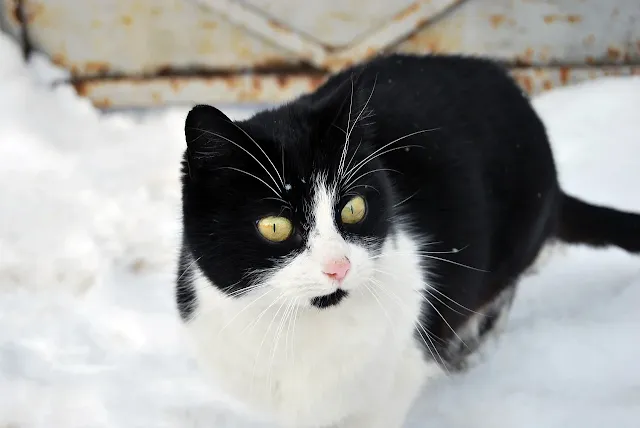Feline Frost Defense: Strategies for Ensuring Your Cat's Cold-Weather Comfort
As winter approaches, pet owners need to be careful about the health of their feline companions in the face of the cold heat. Despite their fur, cats can feel the cold, and it is essential to recognize signs of discomfort and potential health problems. In this guide, we explore how to provide warmth for your cat, identifying tight markings, to enable cost-effective solutions for their comfort.
Detect emergency alarms triggered by temperature
Cats, like other humans, can feel the cold. With a normal body temperature of 38 to 39 °C (100 to 102 °C), which is higher than their body temperature, they must maintain this level of fitness. Although they are descended from African wild cats that live in the desert, some breeds, such as Siberian cats, are adapted to cold climates.
Temperature guidelines and preventive measures
During the winter, cats show great skills in finding warm refuges and using their fur for insulation. However, extreme cold poses risks, especially for elderly cats, young kittens, sick kittens, and some breeds with minimal fur. It is essential to ensure that they have warmth indoors during extreme weather conditions.
Understanding cat behavior in cold weather
If your cat feels cold, he will likely look for a comfortable place and curl up. Monitoring their behavior is key; Normal warmth-seeking behavior is generally not a cause for concern. However, prolonged exposure to extreme cold can lead to hypothermia, which is characterized by various symptoms such as shivering, cold extremities, and lethargy.
Determine hypothermia and frostbite
Hypothermia and frostbite are serious conditions that require immediate attention. Signs of hypothermia include shifting, pale gums, and confusion. Frostbite appears as pale or discolored skin and pain to the touch. If you notice these signs, contact your vet immediately. While arranging veterinary care, administer first aid, such as drying the cat if it is wet and gradually increasing the ambient temperature.
Keeping your cat warm on a budget
DIY Cozy Beds: Create cozy sleeping places using cardboard boxes lined with blankets or old sweaters.
Night Shelter: Keep your cat inside at night, especially during the colder months, providing a safe environment and a litter tray.
Gentle drying: If your cat gets wet, dry him gently with a towel to prevent the discomfort of wet fur.
Stray and feral cats in cold weather
Survival tactics for community cats
Stray and feral cats are adept at finding warm places in cold weather, such as outbuildings or barns. When closing such places, check for cats to avoid inadvertent entrapment. In addition, be wary of cats seeking warmth near car engines. Always check before starting your car to make sure there are no cats hiding inside.
Ensuring your cat's comfort in cold weather involves understanding their allergies, recognizing signs of distress, and implementing practical solutions. By providing warmth and attentive care, you can protect your feline friend from the harsh realities of winter




Comments
Post a Comment